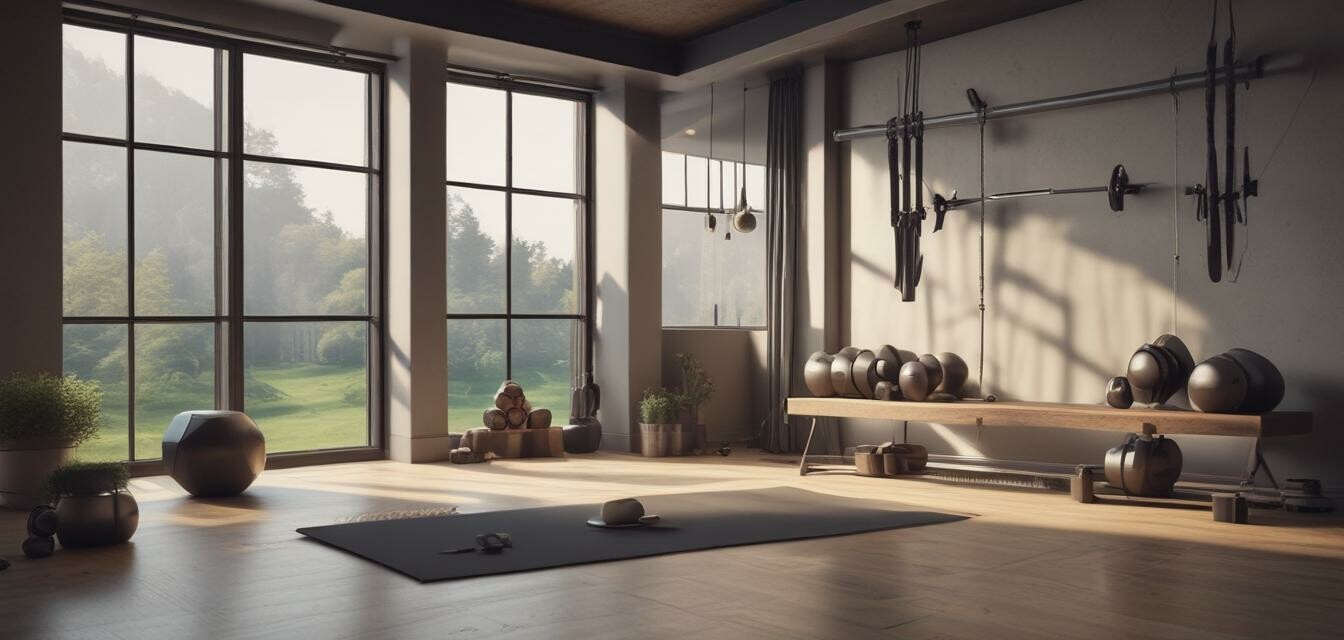
Creating a Balanced Fitness Regimen
Key Takeaways
- A balanced fitness regimen combines strength, cardio, and flexibility exercises.
- Your fitness plan should reflect your individual goals and preferences.
- Consistency is key; aim for regular workouts throughout the week.
- Warm-ups and cool-downs are essential for preventing injury.
- Listening to your body and adapting your routine is crucial for long-term success.
Creating a balanced fitness regimen is essential for anyone looking to improve their overall health and fitness levels. It involves integrating various types of exercises that cater to your individual goals and capabilities. In this article, we'll explore the main components of a balanced workout routine, tips for getting started, and how to maintain consistency to achieve your fitness objectives.
Understanding the Components of a Balanced Fitness Regimen
A balanced fitness routine consists of three major components: strength training, cardiovascular exercise, and flexibility work. Each component serves a unique purpose, contributing to overall fitness. Below, we break down each element:
| Component | Purpose | Examples |
|---|---|---|
| Strength Training | Builds muscle mass, improves metabolism, and strengthens bones. | Weightlifting, resistance bands, bodyweight exercises. |
| Cardiovascular Exercise | Improves heart health, increases stamina, and burns calories. | Running, cycling, swimming, dancing. |
| Flexibility Work | Enhances range of motion, prevents injuries, and reduces soreness. | Yoga, stretching, Pilates. |
Setting Your Fitness Goals
Before diving into your fitness plan, it’s essential to clearly define your fitness goals. This ensures that your regimen remains focused and tailored to your specific needs. Consider the following goal categories:
- **Weight Management:** Whether you want to lose, gain, or maintain weight.
- **Muscle Building:** Aiming to increase muscle strength and size.
- **Endurance:** Improving cardiovascular capacity for longer workouts or events.
- **Overall Health:** Maintaining a healthy lifestyle that incorporates physical activity.
Building Your Balanced Fitness Regimen
Your balanced fitness regimen should ideally include a mix of each component discussed above. Here’s a sample weekly plan to illustrate how to combine these elements:
| Day | Type of Workout | Duration |
|---|---|---|
| Monday | Strength Training | 45 minutes |
| Tuesday | Cardio | 30 minutes |
| Wednesday | Flexibility (Yoga) | 30 minutes |
| Thursday | Strength Training | 45 minutes |
| Friday | Cardio | 30 minutes |
| Saturday | Flexibility (Stretching) | 30 minutes |
| Sunday | Rest or Light Activity | - |
Tips for Maintaining Consistency
Consistency is crucial in any successful fitness regimen. Here are some tips to help you stay on track:
Beginner Tips
- **Schedule Your Workouts:** Treat workouts like appointments you can't miss.
- **Set Realistic Goals:** Start small and gradually increase intensity and frequency.
- **Find Enjoyable Activities:** Choose exercises you find fun to keep motivation high.
- **Track Your Progress:** Keep a journal or use fitness apps to celebrate milestones.
- **Stay Flexible:** Be open to adjusting your routine when necessary to maintain enjoyment.
The Importance of Warm-ups and Cool-downs
Incorporating warm-ups and cool-downs into your workout can significantly enhance your fitness experience. Warm-ups prepare your body for exercise by gradually increasing heart rate and muscle temperature, while cool-downs aid in recovery. Here’s how to implement both:
- Warm-up: Perform dynamic stretches and light cardio for 5-10 minutes before workouts.
- Cool-down: Follow your workout with static stretching and deep breathing to promote relaxation.
Listening to Your Body
Finally, becoming attuned to your body is vital for long-term success. Understand the difference between discomfort and pain, and don't push through injury. Adjusting your regimen when necessary can prevent setbacks and keep you motivated. If you notice persistent discomfort, consult with a professional.
Conclusion
Creating a balanced fitness regimen involves understanding the key components of exercise and tailoring them to your personal goals. By incorporating strength training, cardio, and flexibility to your routine, and following the advice provided, you can successfully navigate your fitness journey. For more insights, check our comprehensive buying guides and visit our section on home gym essentials to optimize your workout environment. Remember, every step you take gets you closer to achieving your fitness goals!